Imagine being able to download applications to your camera, just as you can to your smartphone. Reports indicate that researchers at Stanford University are attempting to create an open source camera. Stanford is no stranger to photographic technology as last year researchers were developing a 3-D camera with 12,616 lenses!
Presently, the features of a camera are dictated by preinstalled manufacturer software. Marc Levoy, professor of Computer Science at Stanford says that all of the features (focus, exposure, flash, etc) are capable of being controlled by software.
This new camera is composed of a Texas Instrument's "system on a chip" operating with Linux coupled with image and general processors and an LCD screen. The imaging chip is that of the Nokia N95 and the lenses are stock Canon lenses. The lenses are combined with actuators which permit the fine-tuned software control.
Dubbed the "Frankencamera", some of the most exciting possibilities for such a platform include built-in HDR (High Dynamic Range) capabilities and internet connectivity. While some HDR features exist today, the new platform could see this process streamlined and make accessible to all photographers. It is also expected that such a camera will carry just a $1,000 price tag.
Most interesting is perhaps the possibility of video enhancement. The researchers have toyed with the idea of being able to enhance video resolution using high resolution still images. The camera would be capturing low-res video and capture high res still images periodically, being able to use the information from the still image to improve the video.
At this point, the average consumer might wonder what such a creation brings to them. Levoy states:








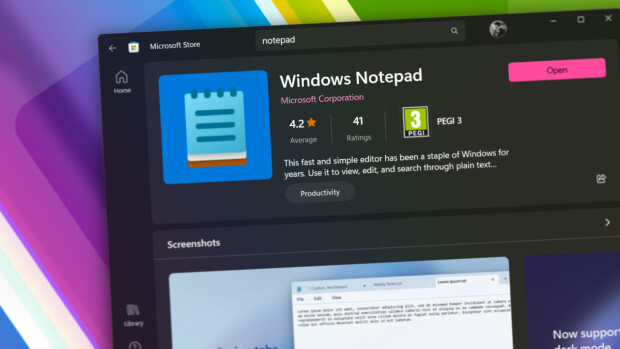
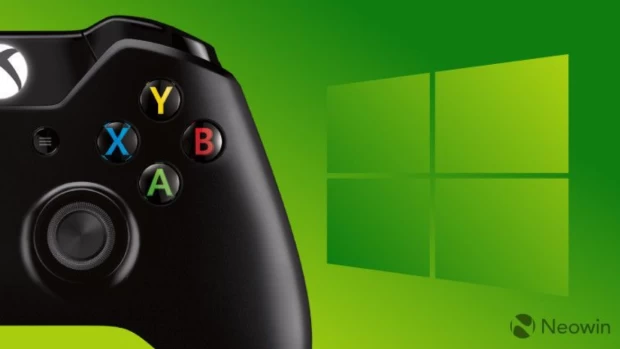

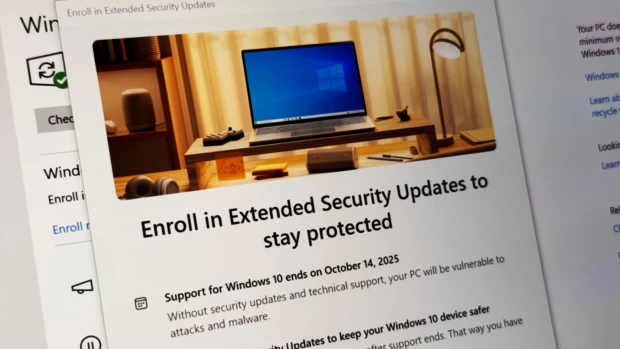
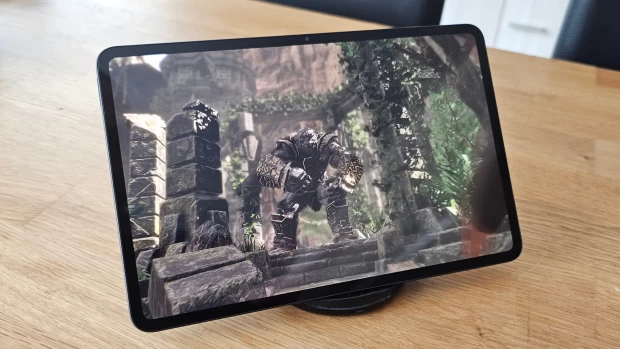
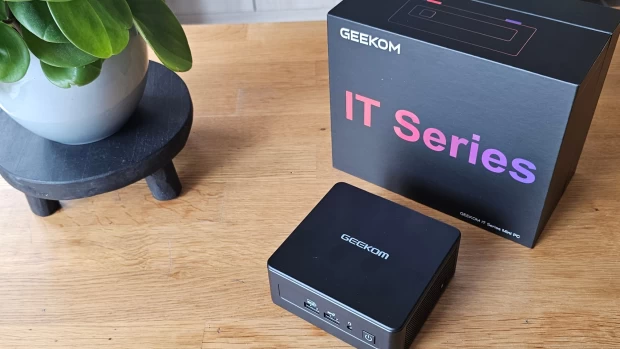




13 Comments - Add comment